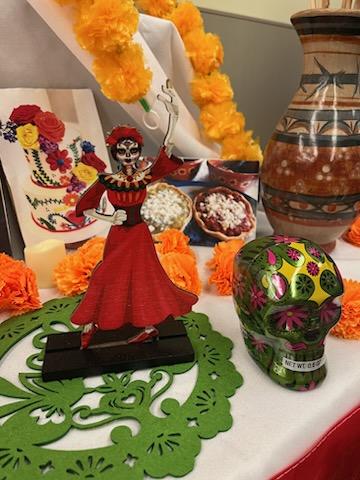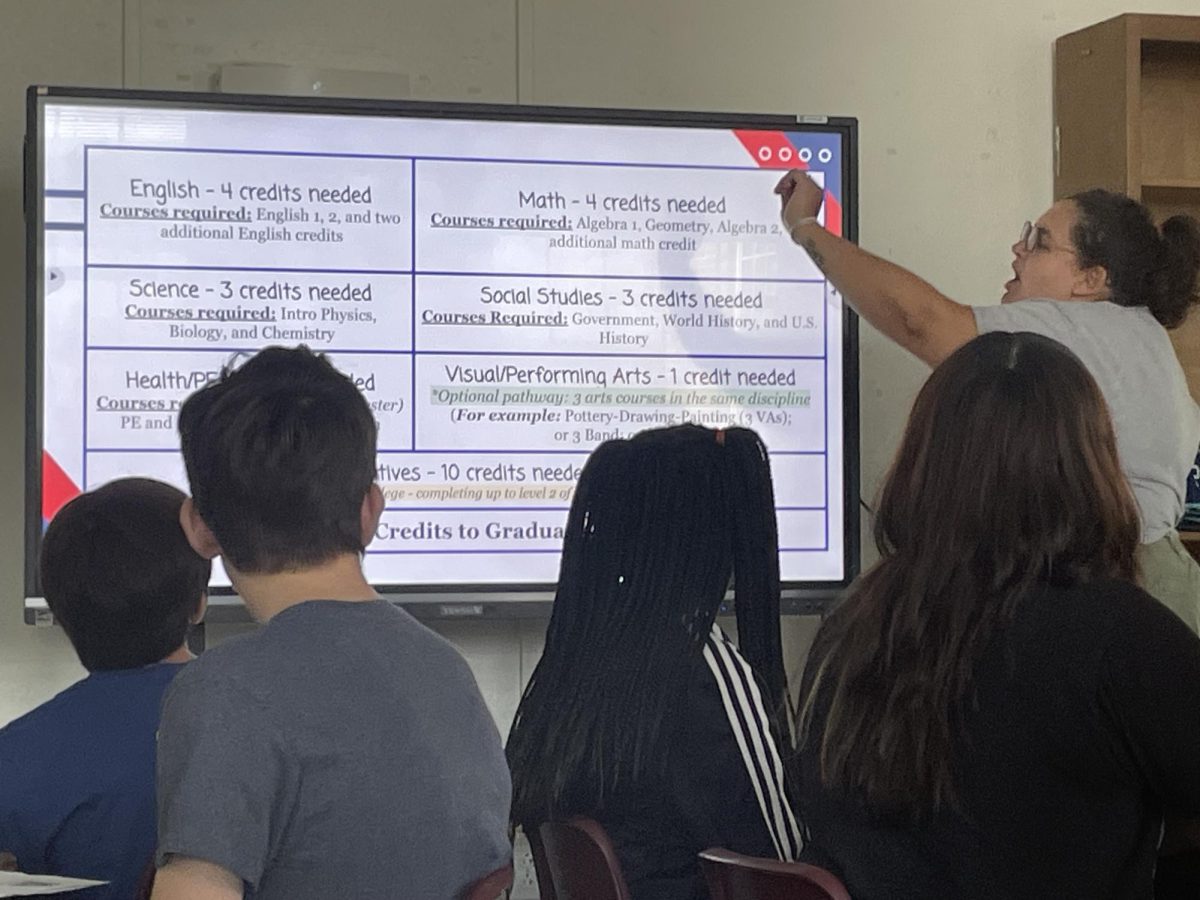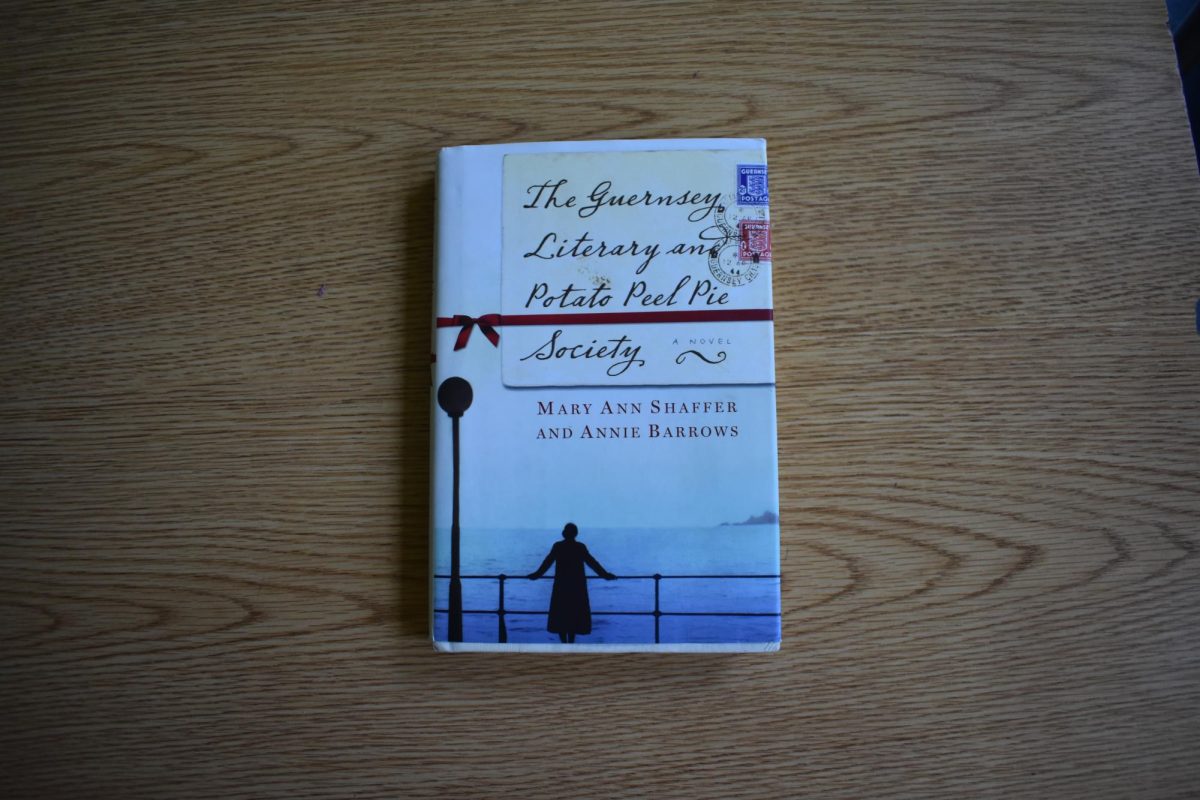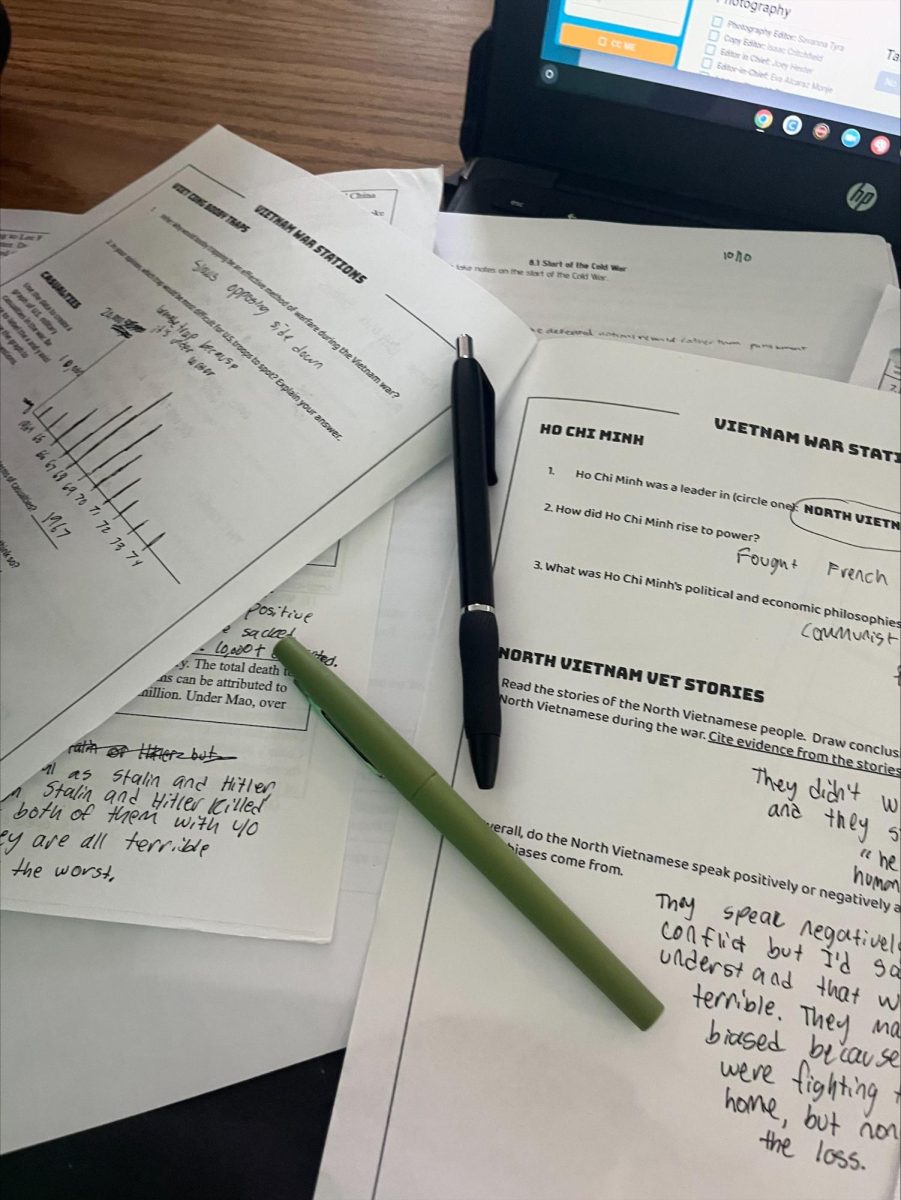Dia De Los Muertos is translated to Day of the Dead in English. Dia de los Muertos is a Mexican holiday celebrated through November 1st and 2nd and is a day families welcome back the souls of their departed loved ones who have unfortunately passed away. You have probably heard about Dia De Los Muertos through Coco, watching The Book Of Life, seeing the ofrendas put around at stores, colorful skeletons, and the parade made in honor of Dia De Los Muertos. Dia De Los Muertos originated in Mexico but is celebrated in the U.S. and other countries by people with Mexican heritage and even people without Mexican heritage.
Did you know that there are special days when the souls of our loved ones who have passed come to visit? On October 27th, pets come back to visit where their home was when they once lived. October 28th is for the souls of those who died in an accident, and October 29th is for the souls who died drowning. October 30th is for the forgotten souls, and October 31st is for the souls of the children who didn’t get the chance to be born. Finally, November 1st is for the souls of children, while November 2nd is for the souls of adults.
In Mexico, families start decorating at the end of October to be prepared for Nov. 1st and 2nd. Families put ono frendas in their homes for their loved ones on the Day Of The Dead. Ofrendas are altars made for families’ loved one’s souls to be able to rest in peace. The ofrendas are ways the beloved can remember their loved ones who have passed on, the ofrendas are also used for loved ones to be able to come back and visit. Families place pictures of their loved ones on the ofrendas accompanied by their favorite food and beverages as gifts. They may also place their loved one’s personal favorite objects. Ofrendas are not just for families to put up pictures of their relatives but also for friends and lovers who have passed. The altar levels represent the levels the ones who have passed on have to pass to reach eternal rest. If the altar has 2 levels, the dead must pass the cielo y Tierra which translates to sky and earth. If the altar has 3 levels then the ones who have passed must pass heaven, earth, and the underworld.
On every ofrenda, there are certain elements that the ofrendas have that have a meaning. Candle on ofrendas signify esperanza which means hope, the candles are used to guide the souls to the altar. In some indigenous communities, every candle represents a loved one who has passed. There is also the copal which is from pre-Columbian times it was used to alabar (praise)l old gods, it is now used to purify the space so there is a pleasant atmosphere for the deceased to come back to. The arco (arch) on the ofrenda represents the entrance to the world of the dead and is usually adorned with flowers and fruits. Las flores are flowers that are put for the day of the dead to bring color and joy onto the altar. The most common flores that are used are el alehli, la nube, and the flor de cempasuchil which are called aleli, babysbreath, and marigolds in English.
There is much to know and learn about Dia de los Muertos. There is meaning behind everything that dates back to the Aztecs. In the weeks leading up to Dia de los Muertos, it is customary to eat pan de muertos( bread of the dead), which is a Mexican pan dulce (sweetbread) that is only made for Dia de los Muertos. On Dia de los Muertos, people gather to dance, sing, and eat in happiness and to celebrate those who have passed. I hope you have learned more about Dia de los Muertos, a beautiful celebration filled with colors and joy for the remembrance of the dead. Dia de los Muertos is one of my favorite celebrations due to the love and joy put out in memory of dear loved ones.







